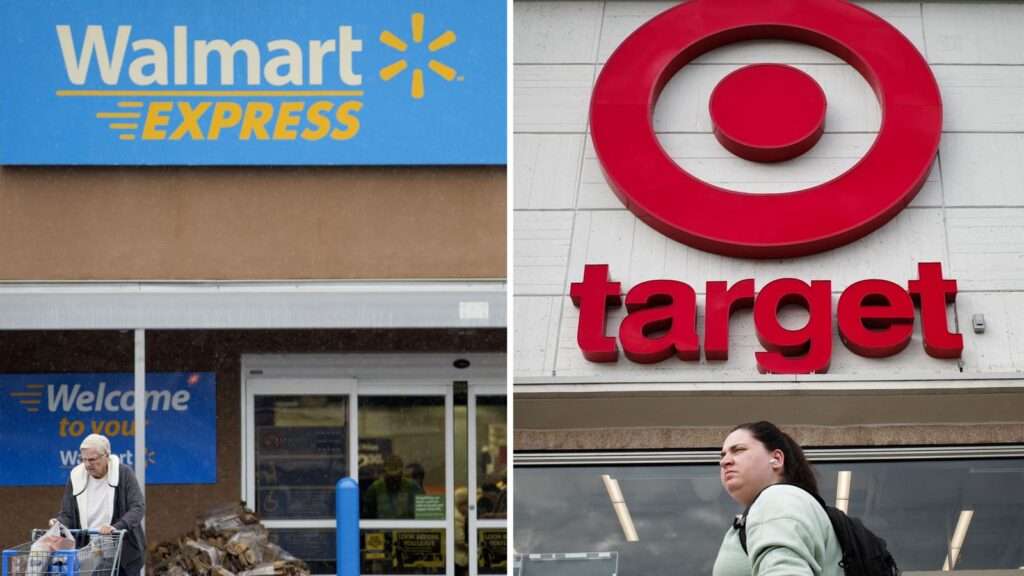In recent days, two of America’s largest retailers, Walmart and Target, have announced significant price cuts. This strategic move is likely to influence other retailers to reassess their pricing strategies.
Target and Walmart’s Strategic Moves
This week, Target announced it would slash prices on approximately 5,000 frequently purchased items, including essentials like milk, meat, bread, produce, coffee, paper towels, and pet food. Industry analyst Joe Feldman from Telsey Advisory Group suggested that Target’s decision was a strategic response to keep pace with Walmart, which had recently declared its own price reductions.
According to Feldman, the impact of these price cuts is expected to extend beyond Walmart and Target, setting a new pricing tone for the broader retail industry. “What’s interesting is it’s likely to expand to the rest of retail, given Walmart and Target set the tone on pricing,” Feldman told the Financial Times (FT) on May 22.
Competitive Pricing Amid Market Challenges
Walmart’s CEO Doug McMillon, during a call discussing the company’s impressive first-quarter earnings, emphasized the retailer’s commitment to maintaining low prices. This move comes at a time when other retailers are showing signs of weakness. For instance, Lowe’s recently reported a 4.1% decline in first-quarter same-store sales as customers cut back on major renovation projects, despite positive trends among its professional customer base.
Research from NIQ indicates that consumer spending on packaged goods has increased in 2024 compared to five years ago, yet the economic landscape has shifted dramatically in the past year. Steve Zurek, vice-president of pricing and promotion thought leadership at NIQ, noted, “I don’t think we’re going to see much in the way of wholesale declines in prices. It’s not going to be everything going up.”
Changing Consumer Behavior
The price cuts from Walmart and Target come as consumers, particularly Generation X, are reducing their grocery spending. Research from PYMNTS intelligence shows that millennials are making at least one change to their grocery buying habits due to higher prices, whether it’s cutting back on product quality, making fewer nonessential purchases, or shopping at cheaper stores. However, Gen Xers are the most likely to adopt all three strategies simultaneously.
Having experienced multiple economic cycles, including the 2008 financial crisis, Gen Xers tend to be more cautious and proactive in managing their finances during uncertain economic times. PYMNTS noted, “This could lead them to adopt a combination of strategies to mitigate the impact of inflation.”
Potential Ripple Effect in Retail
The actions of Walmart and Target could potentially trigger a domino effect across the retail sector. As these industry giants adjust their pricing, other retailers may feel compelled to follow suit to remain competitive. This dynamic could lead to a more aggressive pricing landscape, ultimately benefiting consumers who are feeling the pinch of inflation.
Broader Economic Implications
While the current trend indicates a push towards lower prices, the overall outlook for prices remains uncertain. Economic factors, supply chain issues, and consumer demand will continue to influence pricing strategies. Retailers will need to balance the need to attract cost-conscious consumers with maintaining profitability.
Related: The Wealthy Begin Shopping at Walmart’s
Conclusion
Walmart and Target’s recent price cuts are not just a strategic response to each other but also a reflection of the broader economic environment and consumer behavior trends. As these retail giants lead the way in adjusting their pricing strategies, the rest of the retail sector is likely to take note and potentially follow their lead.
The impact of these price cuts extends beyond immediate consumer benefits. They signal a shift in retail strategies that could redefine competitive dynamics in the industry. For consumers, this could mean more affordable shopping options in the near future. For retailers, it highlights the importance of agility and responsiveness to market conditions and consumer needs.
As we move forward, the retail industry will continue to evolve in response to economic pressures and changing consumer preferences. Walmart and Target’s actions are a clear indicator of how major players can set the tone for the entire market, prompting others to adapt and innovate in their pricing strategies.
In conclusion, the recent price cuts by Walmart and Target may indeed inspire other retailers to reassess their pricing strategies, creating a ripple effect that could lead to broader changes in the retail landscape. This shift underscores the importance of staying attuned to market trends and consumer behaviors, ensuring that retailers can meet the evolving needs of their customers while maintaining a competitive edge.




